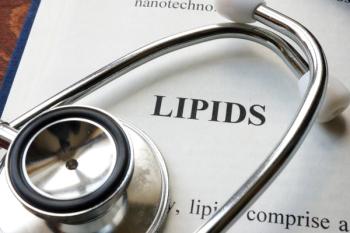
The development of pediatric cardiovascular care
Anne Dubin, MD, division chief of pediatric cardiology at Stanford Medicine Children's Health, discusses developments made in pediatric cardiovascular care in recent decades, along with developments she hopes to see in the future.
In this interview, Anne Dubin, MD, division chief of pediatric cardiology at Stanford Medicine Children's Health, outlines the current state of pediatric cardiovascular care by discussing improvements made in recent decades and innovations which must be made to further improve care.
Going back as far as 1938, children with congenital heart disease (CHD) struggled to receive a diagnosis. Now, babies as small as 2 pounds can be treated without going to an operating room.
Complicated malformations in the blood vessels also present in many children, which would have once caused extremely limited exercise ability and limited lifespan. Methods of improving these children's health have been developed in recent decades, allowing for successful repair. Heart transplants are also now an option, with mechanical heart pumps used to treat children waiting for an available heart.
Stanford Medicine Children's Health hopes to see CHD eliminated in the future and is working toward this goal through their basic science and engineering (BASE) program. According to Dubin, the BASE program brings world-class scientists together with the aim of curing CHD. The scientists plan to develop a 3D-printed biological heart and have already successfully made some of the tissue.
The BASE program is also working to control certain genetic heart diseases. While some heart diseases are influenced by genes, others are influenced by the genetic material surrounding the gene. Environmental factors may also have further effects. Scientists in the BASE program are working to better understand how these factors interact.
Dubin discussed the nationwide nursing shortages and the current difficulties with getting skilled workers into the force seen during the COVID-19 pandemic. This can lead to difficulties in having enough skilled workers to meet the needs of patients requiring pediatric cardiovascular care.
The expansion of telehealth was a positive outcome of the pandemic which Dubin discussed. Prior to the pandemic, telehealth was not widely used. However, it was required to continue care during the pandemic, and in cardiology, it has allowed multiple tests to be conducted remotely.
"It's a really exciting time to be in pediatric cardiology and pediatric cardiac care," Dubin said. Instead of looking for methods to palliate, Dubin said scientists are looking for ways to cure heart disease in general. She is excited to see where the field is heading.
Newsletter
Access practical, evidence-based guidance to support better care for our youngest patients. Join our email list for the latest clinical updates.








